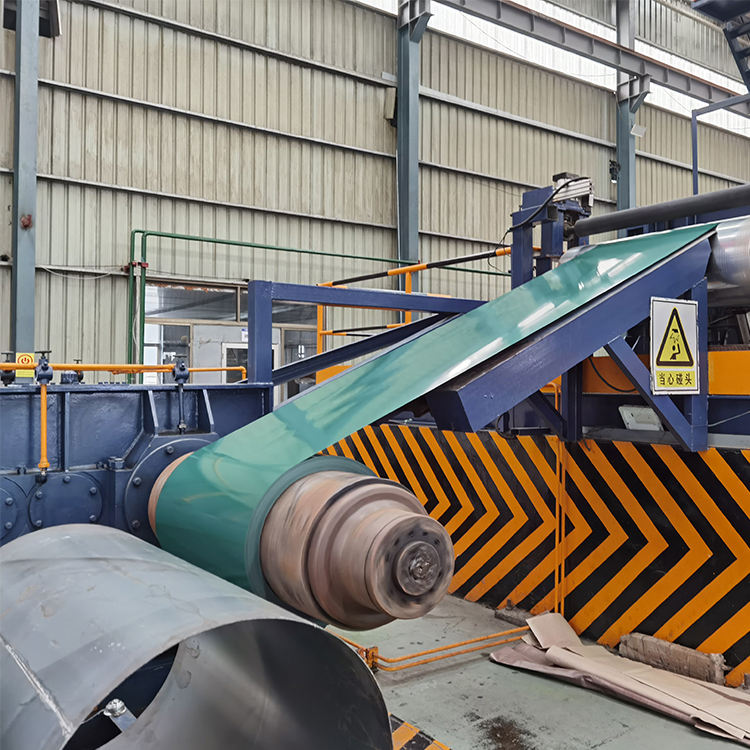The Goldilocks Principle: Finding the Right Thickness for Color-Coated Galvanized Steel Coil Coatings
2023-11-27
Introduction:
Color-coated galvanized steel coils stand as stalwart guardians against corrosion, owed in part to the galvanization process. However, the thickness of the color coating plays a crucial role in determining the durability and overall performance of these coils. In this blog, we'll dive into the intricate relationship between coating thickness and the resilience of color-coated galvanized steel.
Understanding the Dynamics:
1. Corrosion Resistance:
The primary purpose of the coating, whether galvanized or color, is to protect the steel substrate from corrosion. The thickness of the coating acts as a barrier against environmental elements. A thicker coating provides an added layer of defense, enhancing the overall corrosion resistance of the steel coil.
2. Environmental Exposure:
The durability of color-coated galvanized steel coils is often tested in diverse environmental conditions. In harsh or corrosive environments, a thicker coating acts as a shield, preventing the penetration of moisture, chemicals, and other corrosive agents that could compromise the integrity of the steel substrate.
3. Mechanical Protection:
Beyond corrosion resistance, the thickness of the coating also influences the mechanical protection of the steel. In applications where the coil may undergo abrasion, impact, or other mechanical stresses, a thicker coating provides an additional level of protection, preventing damage to the underlying steel.
Balancing Act:
1. Too Thin:
A coating that is too thin may lack the necessary protective properties. It might be more susceptible to wear and tear, compromising the longevity of the steel substrate. In corrosive environments, a thin coating may not provide adequate resistance, leading to premature rusting.
2. Too Thick:
While a thicker coating offers enhanced protection, there is a point of diminishing returns. Excessive thickness can lead to issues such as cracking, chipping, and reduced flexibility. Moreover, it may not necessarily translate to a proportionate increase in performance.
Factors Influencing Coating Thickness:
1. Application Requirements:
Different industries and applications have varying requirements for coating thickness. Understanding the specific demands of the application is crucial in determining the optimal thickness for the color coating.
2. Manufacturing Process:
The method of applying the color coating influences the achievable thickness. The coating process must be carefully calibrated to ensure uniform thickness across the entire surface of the steel coil.
3. Environmental Factors:
The geographical location and environmental conditions where the color-coated galvanized steel will be used play a role in determining the appropriate coating thickness. Harsher climates may necessitate a thicker coating for enhanced protection.
Conclusion:
In the realm of color-coated galvanized steel coils, the thickness of the coating is a critical factor that dictates the material's performance and durability. Striking the right balance is akin to the Goldilocks principle – not too thin, not too thick, but just right. Manufacturers, architects, and engineers must collaborate to determine the optimal coating thickness based on the specific needs of the application, ensuring that these coils continue to stand as reliable guardians of steel integrity in diverse industries.


